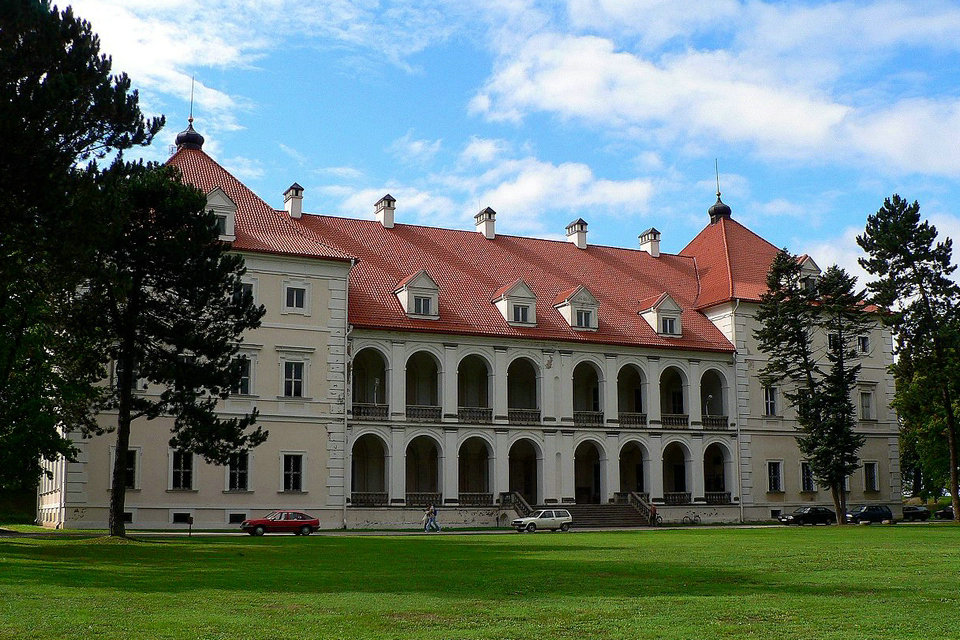Architecture of Lithuania


The main and largest building of prehistoric masonry architecture is the Lower Castle in Vilnius. XIII century In the second half of the cape of the castle at Pilies hill, a fencing castle with a polygonal plan was formed, with a round tower diameter of 10 m in the 220-meter-long fencing encirclement, later converted to a denser octopus toy. The castle was 0.32 hectares in size, with two stone dwellings stood, presumably representative buildings of the square plan, buildings believed to have been masonry caissons near the southern border. XIV century At the beginning of the 19th century, the territory of the Lower Castle of Vilnius was reorganized, widened, the streets of the newly formed Vilnia were surrounded by all sides.
After 1385 Krėwa Treaty and 1410 The Battle of Grunwald was the result of constant Lithuanian ecosystems, commodities, cultural ties with Central European countries. It accelerated the development of cities, the prosperity of crafts, and the spread of Gothic – the first architectural style in Lithuania. Construction of masonry buildings intensified. Town hall, merchant yards, workshops, guild buildings, dwelling houses built in municipalities that have acquired municipal rights. The appearance of firearms has the value of reconstructing and building a castle. After the introduction of 1387 In churches in cities and in periphery, more churches were built.
Several famous Lithuania-related architects are notable for their achievements in the field of architecture. Johann Christoph Glaubitz, Marcin Knackfus, Laurynas Gucevičius and Karol Podczaszyński were instrumental in introducing Baroque and neoclassical architectural movements to the Lithuanian architecture during the seventeenth to nineteenth centuries.
Lithuania is also known for numerous castles. About twenty castles exist in Lithuania. Some castles had to be rebuilt or survive partially. Lithuanian village life has existed since the days of Vytautas the Great. Zervynos and Kapiniškės are two of many ethnographic villages in Lithuania.
During the interwar period, countless Art Deco, Lithuanian National Romanticism architectural style buildings were constructed in the Lithuania’s temporary capital Kaunas. Its architecture is regarded as one of the finest examples of the European Art Deco and have received the European Heritage Label.
Forty percent of Lithuania’s population live in Vilnius, Kaunas, Klaipėda, Alytus, Panevėžys, and Šiauliai. Even though population density has grown within Lithuania, overall, population has declined due to low birth rates and higher death rates. Between 1996 and 2001, the World Bank financed the Lithuania Energy Efficiency Housing Project to renovate thermal temperatures in some of Lithuania’s houses, due to Lithuania’s cold climate.
Source from Wikipedia